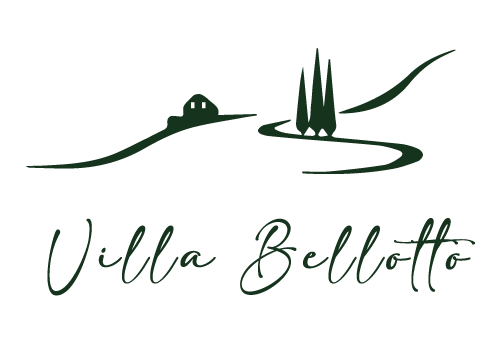Costing Terminology
Content
For example, factory rent, depreciation of machinery, heating and lighting costs, repairs etc. Rent can be recorded as a period cost or a product cost, depending on the purpose of the facility. If you pay rent for your office bookkeeping for startups and manufacture your products in a separate facility, office rent is a period cost. According to FreshBooks, the rent paid for the factory building is part of manufacturing overhead and should be recorded as a product expense.
The person creating the production cost calculation, therefore, has to decide whether these costs are already accounted for or if they must be a part of the overall calculation of production costs. My Accounting Course is a world-class educational resource developed by experts to simplify accounting, finance, & investment analysis topics, so students and professionals can learn and propel their careers. Harold Averkamp (CPA, MBA) has worked https://www.apzomedia.com/bookkeeping-startups-perfect-way-boost-financial-planning/ as a university accounting instructor, accountant, and consultant for more than 25 years. The Ascent is a Motley Fool service that rates and reviews essential products for your everyday money matters. If you’re using the wrong credit or debit card, it could be costing you serious money. Our experts love this top pick, which features a 0% intro APR until 2024, an insane cash back rate of up to 5%, and all somehow for no annual fee.
How to Prepare an Income Statement Under Absorption & Marginal Costing
You’ll also be able to spot trouble spots or overspending in administrative areas or if overhead has ballooned in recent months. Managers are always on the lookout for ways to reduce costs while trying to improve the overall effectiveness of their operations. Our mission is to empower readers with the most factual and reliable financial information possible to help them make informed decisions for their individual needs.
- Also, costs included in inventory, such as direct labor, direct materials, and manufacturing overhead, are not classified as period costs.
- Period costs are the costs that your business incurs that are not directly related to production levels.
- These expenses should not be included in the cost of inventory, according to research published in the Review of International Comparative Management.
- These are basically such costs that are non-manufacturing in nature and thus do not form part of inventory cost.
- The most common of these costs are direct materials, direct labor, and manufacturing overhead.
Whereas under marginal costing technique, only variable manufacturing costs are treated as product costs and fixed production overheads are treated as period costs. Period costs are expenses that will be reported on the income statement without ever attaching to products. Since they are not product costs, period costs will not be included in the cost of inventory. Instead, period costs will be referred to as period expenses since they will be reported on the income statement as selling, general and administrative (SG&A) or interest expenses. As shown in the income statement above, salaries and benefits, rent and overhead, depreciation and amortization, and interest are all period costs that are expensed in the period incurred. On the other hand, costs of goods sold related to product costs are expensed on the income statement when the inventory is sold.
What Is Element of Cost in Management Accounting?
Product costs become part of cost of goods sold once the product is sold. The most common of these costs are direct materials, direct labor, and manufacturing overhead. Inventoriable costs are all costs of a product that are considered assets when the costs are incurred and are expensed as cost of goods sold once the product is sold. These costs are different from period costs because these costs are initially capitalized to inventory. They are capitalized to inventory because when a product is in the process of being manufactured, work in process costs are being incurred and value is added throughout the process, not all at once. Raw materials, direct labor and manufacturing overhead are all product costs, notes Harper College.
This company has $3,400,000 in period costs for the fourth quarter from their selling, marketing, and administrative expenses. Their selling expense is from the commission they pay their salespeople. Their administrative costs are from executive salaries and professional costs. Product costs are all costs involved in the acquisition or manufacturing of a product.
Key Differences Between Product Cost and Period Cost
Some materials (such as glue and thread used in manufacturing furniture) may become part of the finished product, but tracing those materials to a particular product would require more effort than is sensible. Such materials, called indirect materials or supplies, are included in manufacturing overhead. Indirect materials are materials used in the manufacture of a product that cannot, or will not for practical reasons, be traced directly to the product being manufactured. Indirect materials are part of overhead, which we will discuss below. There is no specific method or formula for calculation of period costs.
By analogy, a manufacturer pours money into direct materials, direct labor, and manufacturing overhead. Should this spent money be expensed on the income statement immediately? This collection of costs constitutes an asset on the balance sheet (“inventory”). This inventory remains as an asset until the goods are sold, at which point the inventory is gone, and the cost of the inventory is transferred to cost of goods sold on the income statement. Product cost comprises of direct materials, direct labour and direct overheads.
